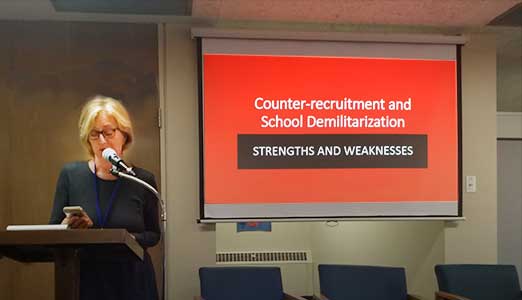Carson Frame / The American Homefront Project - Listen to the Report
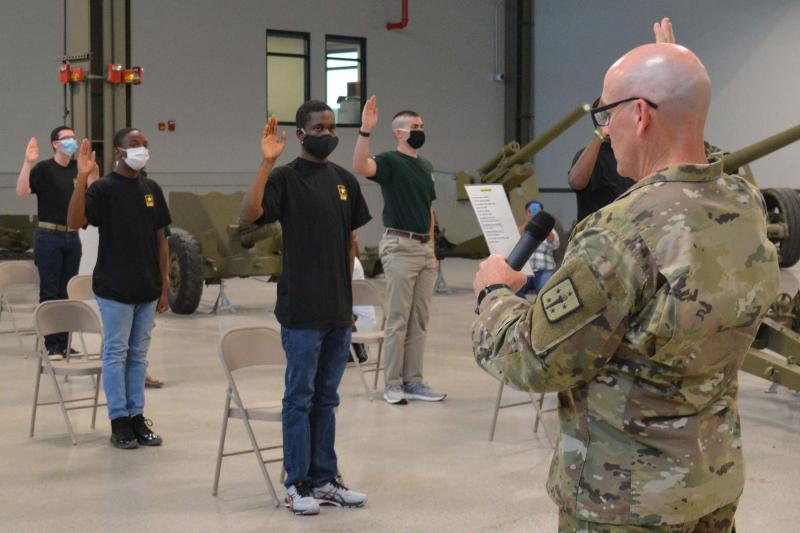 The Army is holding its first nationwide virtual recruiting campaign, after the COVID-19 pandemic forced it to scale back face-to-face interactions and revealed gaps in its digital outreach strategy.
The Army is holding its first nationwide virtual recruiting campaign, after the COVID-19 pandemic forced it to scale back face-to-face interactions and revealed gaps in its digital outreach strategy.
As the coronavirus pandemic bloomed this spring, the Army reduced staff at many brick-and-mortar recruiting stations across the country. Enlistments slowed, fueling concerns that the service would have to extend the contracts of current soldiers in order to meet total force requirements.
Recruiters took their work remote, but lost out on some of the major recruitment opportunities that normally boost their numbers.
"That last moment before a senior leaves their high school-- typically we're there," said Staff Sgt. Kara Wilson, a station commander in West Texas. "We're helping them with support, finding them different avenues."
"However, we didn't have that moment this year, she said."
So Wilson and her team have had to build an online recruiting environment to reach those same young people. Apps like Facebook, Instagram, and Snapchat have proven the most effective, and Wilson has designed new campaigns for each.
But not without a little help.

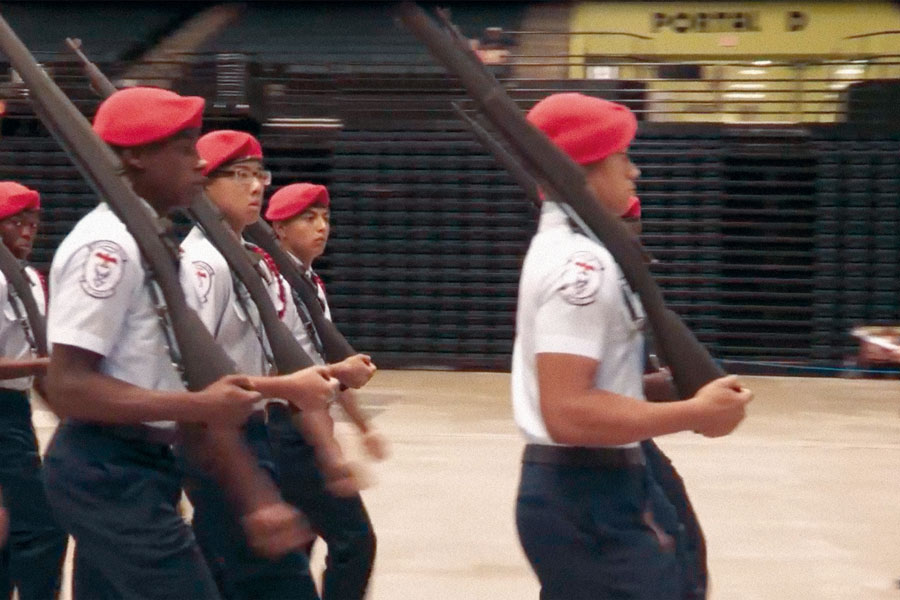

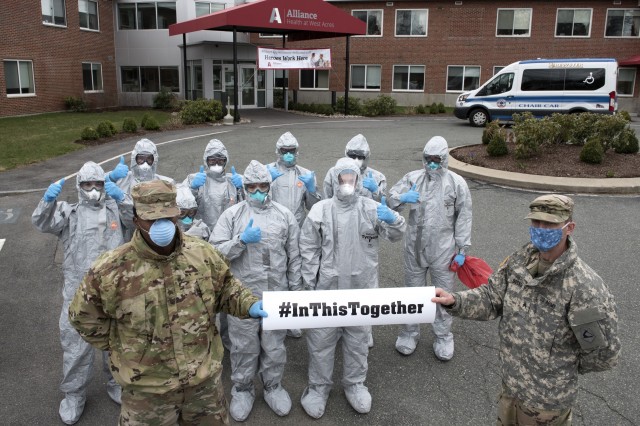
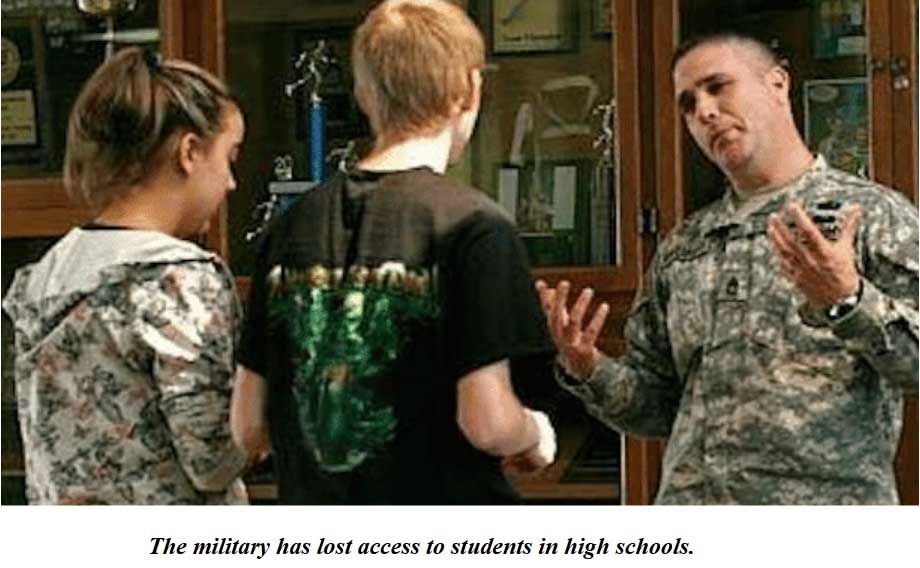 COVID-19 has profoundly impacted the way the military finds new soldiers. The recruiting command was caught unprepared to face the pandemic and is facing a challenging new reality.
COVID-19 has profoundly impacted the way the military finds new soldiers. The recruiting command was caught unprepared to face the pandemic and is facing a challenging new reality. 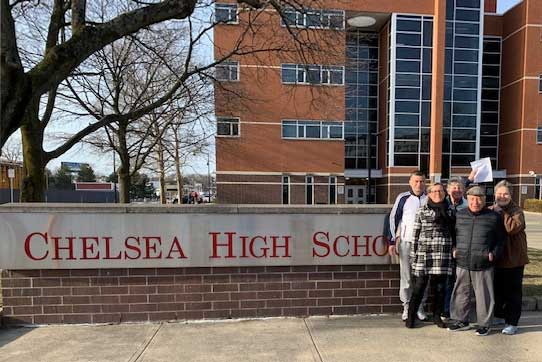 For fourteen years a dedicated group of anti-war citizens in a working-class suburb of Boston, MA, has worked to inform high school students in their community, including their own children, about the perils of military recruitment. Chelsea Uniting Against the War (CUAW) convenes within the first week of the school year to distribute counter-recruitment flyers informing students of the risks of military service. They then follow up this activity by speaking with students one-on-one during school lunch breaks while distributing forms to opt out of school releases of student information to military recruiters. These lunchtime events occurred twice each year and were always preceded by a phone call to the principal’s office to determine an appropriate date. At no time did CUAW enter the school without prior notice.
For fourteen years a dedicated group of anti-war citizens in a working-class suburb of Boston, MA, has worked to inform high school students in their community, including their own children, about the perils of military recruitment. Chelsea Uniting Against the War (CUAW) convenes within the first week of the school year to distribute counter-recruitment flyers informing students of the risks of military service. They then follow up this activity by speaking with students one-on-one during school lunch breaks while distributing forms to opt out of school releases of student information to military recruiters. These lunchtime events occurred twice each year and were always preceded by a phone call to the principal’s office to determine an appropriate date. At no time did CUAW enter the school without prior notice.